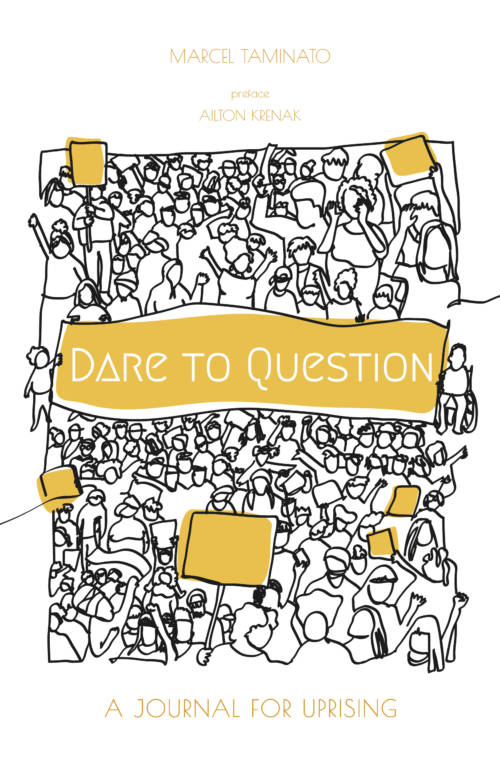A get to know each other activity (sometimes called “stand up/sit down”).
The exercise is simple: one person begins by asking “Who else…?” They finish the question with something that’s true about them. For example, “Who else is feeling a little nervous about our upcoming action?” or “Who else is a parent or grandparent?” or “Who else is feeling more committed than ever to fighting climate change?”
If that statement is true for others, they respond (by raising hands, standing, a hand gesture, or making noise… choose the option that you think will be most energizing for your group and that will allow everybody to participate). Then the next person asks a “Who else?” question and participants keep learning about one another and making connections. Give the group a moment to see who in the room responds to each question.
Here is an example of it being used in a campaign context, with a group of eight people who didn’t know each other trying to protect their neighborhood:
I had ditched the idea of introductions. The group was too large — such a long go-around would be deadly. Yet I wanted to address people’s need to know who was in the room. Every group starts with that preoccupation, and I wanted to address it in a way that built safety in the room.
I quickly jumped into the activity. “Stand up if you are not a morning person.” I stood, encouraging others who were the same to stand up, many with coffee cup in hand. “Okay, now we sit back down and someone else goes, saying something true about themselves.”
Cautiously, people picked up the theme: “Stand up if you are a morning person.” The other half of the group stood. “Stand up if you kinda want to be outside in the sun.” With the first sprinkles of laughter, most of the group stood up, including myself.
I was not surprised that the group soon turned to the common issue at hand. “Stand up if you have lived in your home for more than twenty years.” More than a quarter of the room stood. An elderly woman got up next: “Stand up if your family has lived in your home for more than two generations.” A dozen people stood. A middle-aged man stood next: “Stand up if you have been terrified all throughout the holiday season, worry about developer’s plans to wreck our neighborhood.” With resounding exhales, most people stood. For the next several minutes, people stood in literal solidarity with each other over a range of emotional states: fear, defeat, hopefulness, nervousness, excitement, and anger.
As they sat down, one person joked, “So I’m not alone!” As the group laughed, I saw tense shoulders relax. We were building some safety, some group cohesion in which people could take small risks of vulnerability and find they were not alone. There was more group safety to build for the tricky content we needed to work on. (Read more about How to Build Safety in a Group.)
Except from Daniel Hunter’s Strategy and Soul (www.StrategyAndSoul.org)
